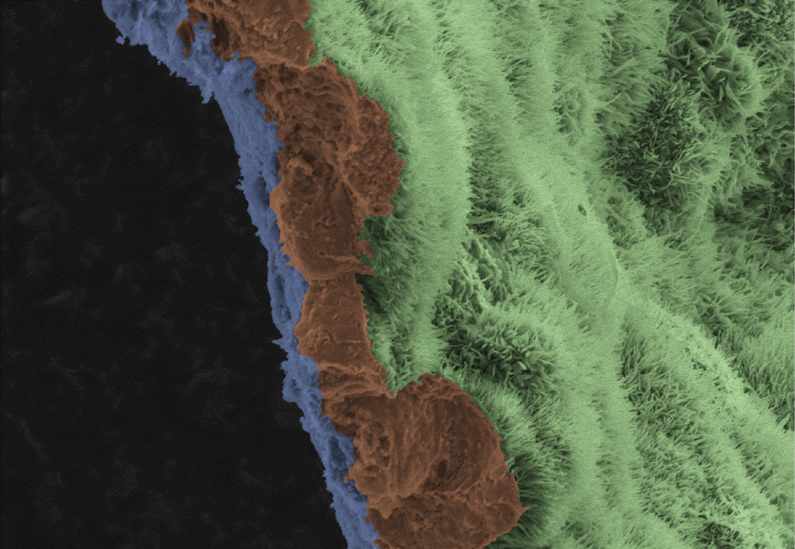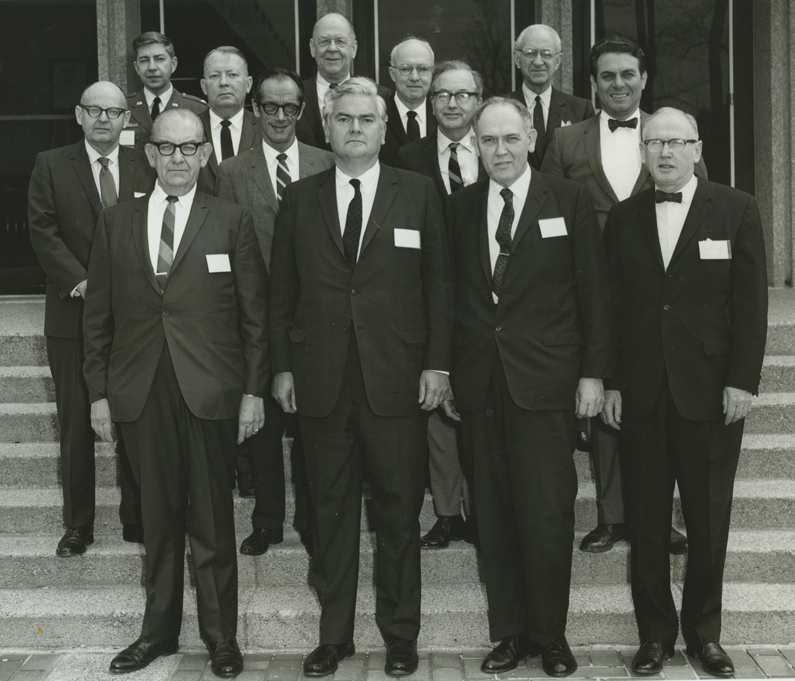Content on this webpage is provided for historical information about the NIH Clinical Center. Content is not updated after the listed publication date and may include information about programs or activities that have since been discontinued.
NEI 50th Anniversary Events and Activities
View more details at https://nei.nih.gov/neiat50
Low Vision and Vision Rehabilitation Lecture
June 29, 2018
NIH Clinical Center Masur Auditorium
Future of Vision Research Lecture
Oct. 18, 2018
NIH Clinical Center Lipsett Amphitheater
NEI: Then and Now video series:
- NEI at 50: Leading the Fight Against Blindness
- NEI at 50: The Windows to Your Health
- NEI at 50: Color Vision
- NEI at 50: Into the Future
Congress created the NIH National Eye Institute (NEI) in 1968, making vison a top health priority. Celebrating its 50th anniversary with events scheduled throughout 2018, NEI looks back at the amazing progress made possible by federally funded vision research.
NEI funding of randomized controlled trials has led to major public health improvements.
- In the 1960s, about half of all diabetic retinopathy patients went blind within five years of diagnosis. NEI-sponsored clinical trials, starting in the 1970s with the Diabetic Retinopathy Study, led to improvements in care that cut the incidence of severe vision loss from diabetic retinopathy by 90 percent.
- Glaucoma treatment was advanced by the NEI-funded Ocular Hypertension Treatment Study, which showed that pressure-lowering eyedrops reduced the development of glaucoma by more than 50 percent.
- NEI-funded randomized controlled trials have improved care for many other eye conditions, among them age-related macular degeneration, retinopathy of prematurity, corneal disease, amblyopia and uveitis.
- More recently, NEI support of genetics/genomics research has yielded insight into disease pathology. Researchers have found more than 50 genetic variants associated with age-related macular degeneration and 16 associated with primary open angle glaucoma. Discoveries of dozens of rare eye disease genes were made possible with NEI support, including discovery of retinal pigment epithelium (RPE) 65, which in turn fostered development and approval by the U.S. Food and Drug Administration of gene therapy for Leber congenital amaurosis.
These highlights represent a fraction of notable NEI-funded advances. More examples can be found in this timeline on the NEI website.
Today, NEI is a leader in the development of regenerative medicine for eye disease through strategic support of research projects across the country. These include activities coordinated by the NEI Audacious Goals Initiative, which aims to restore vision through regeneration of neurons in the retina. The NEI 3-D Retina Organoid Challenge is fostering development of human retinal tissue models for studying retinal development, drug screening, and tissue transplantation.
Meanwhile, Kapil Bharti, PhD, Stadtman Investigator in the NEI Intramural Research Program, and collaborators are on track to launch later this year the first-ever clinical trial in the US testing tissues derived from induced pluripotent stem cells. Bharti is leading the development of patient stem cell-derived retinal pigment epithelium for an age-related macular degeneration clinical trial set to launch in the Clinical Center in 2018.

Scanning electron image of induced pluripotent stem cell-derived monolayer of retinal pigment epithelium (RPE) on a biodegradable scaffold. Image is pseudo-colored to show RPE cell apical processes in green, cytoplasm/cell nuclei in brown, and the scaffold in blue. Kapil Bharti, PhD, Stadtman Investigator, NEI Unit on Ocular Stem Cell and Translational Research, and colleagues will launch a clinical trial in 2018 to test transplants of the tissues in patients with age-related macular degeneration. Credit: Kapil Bharti Lab, NEI.

1969: First meeting of the National Advisory Eye Council. The National Eye Institute (NEI) was established by Congress in 1968 to protect and prolong the vision of the American people.

